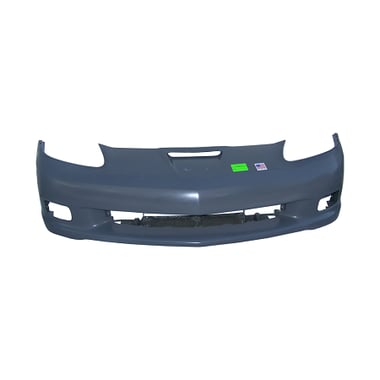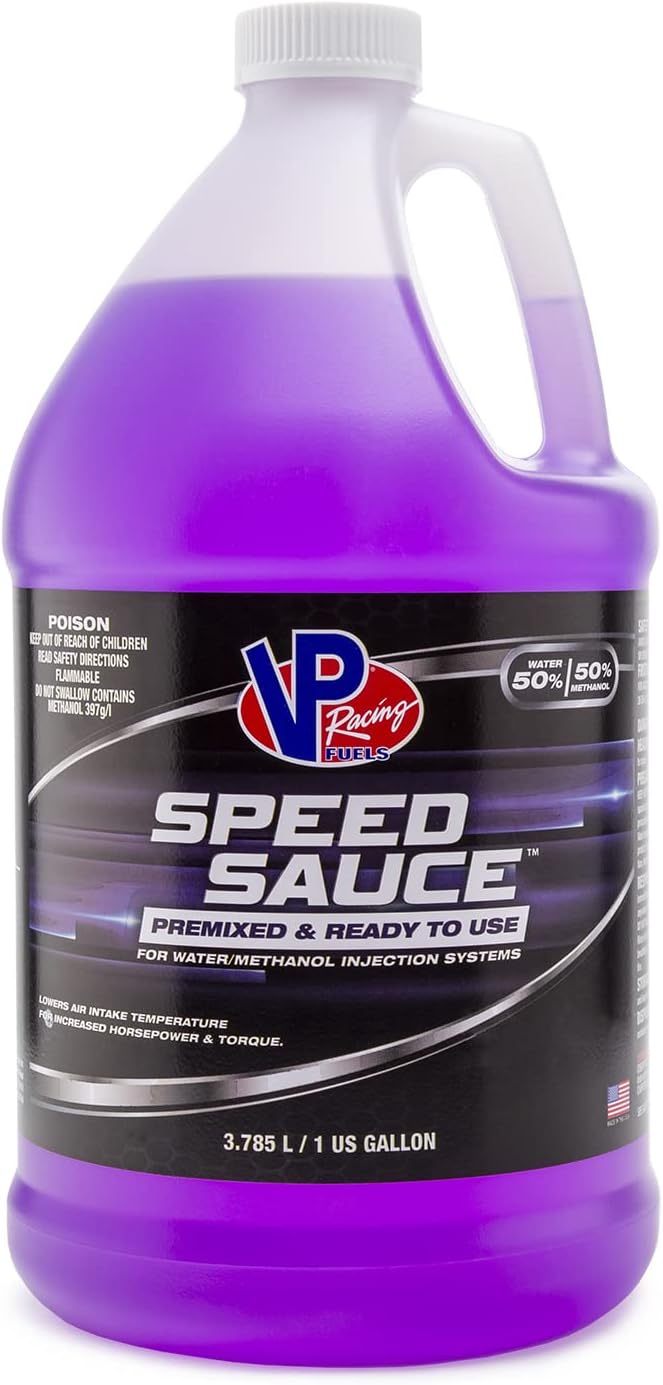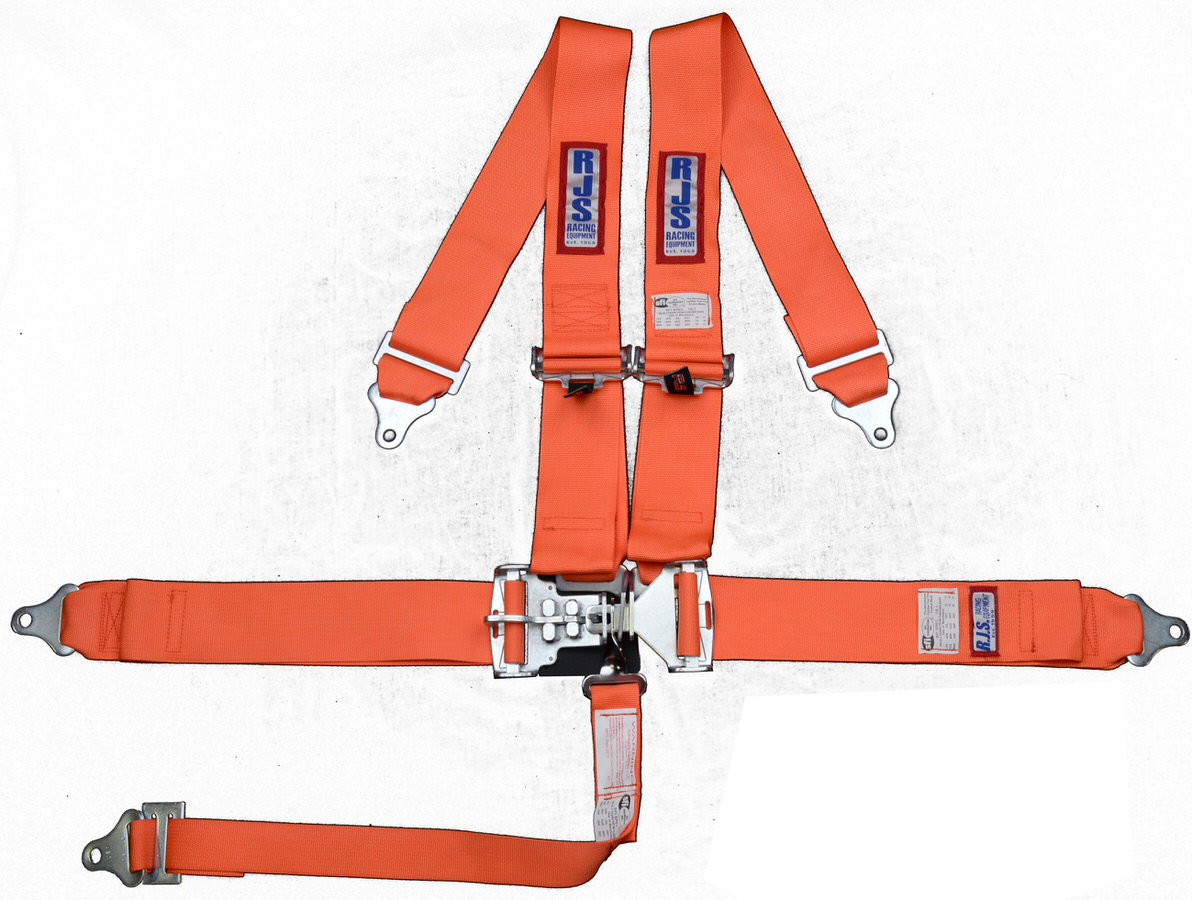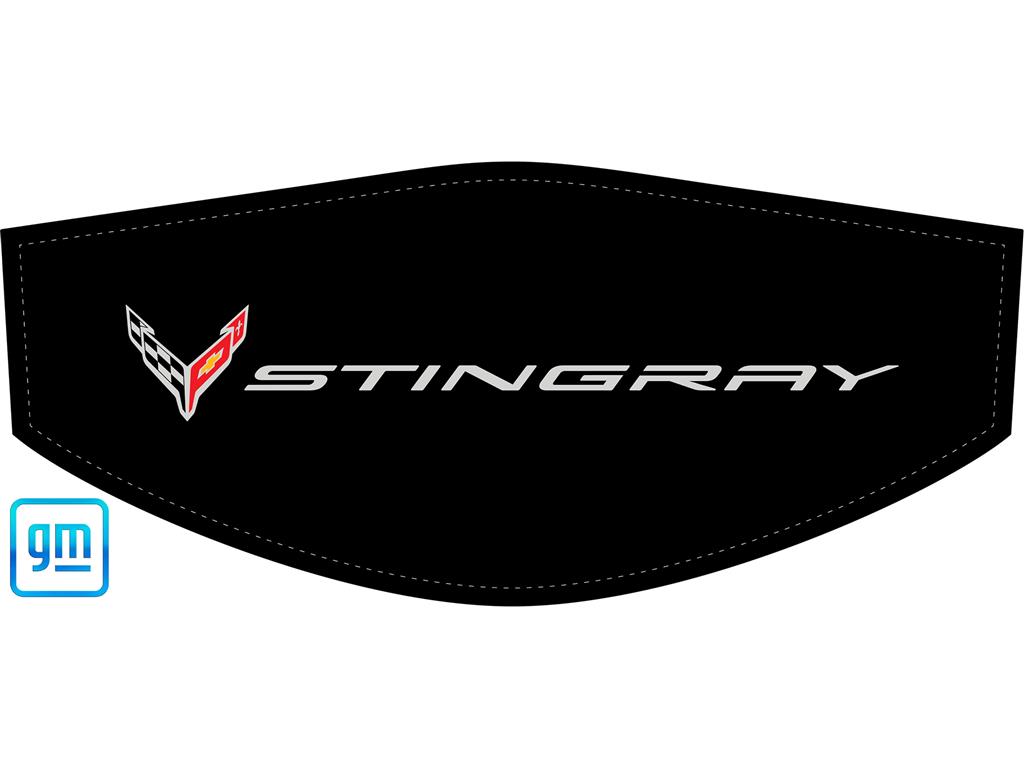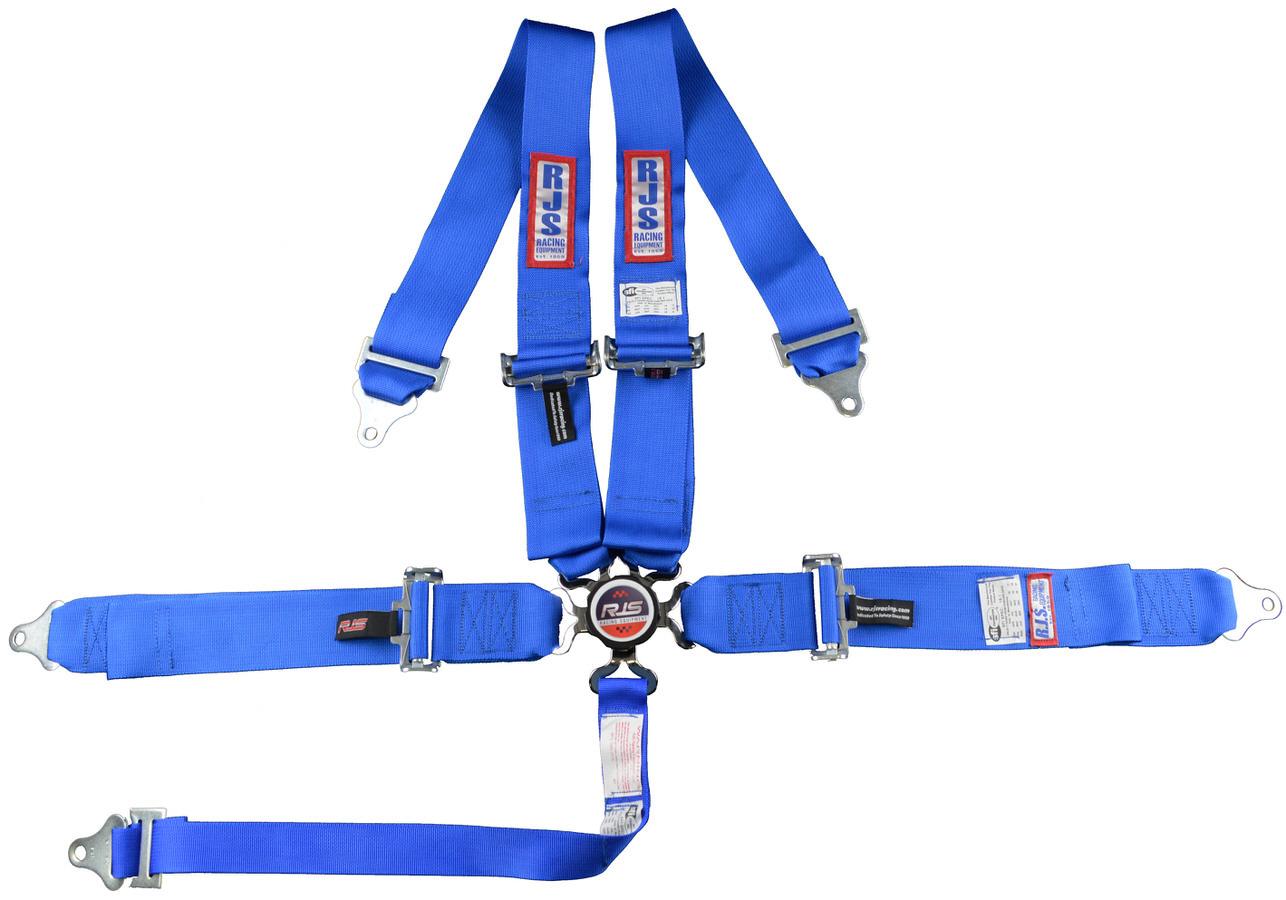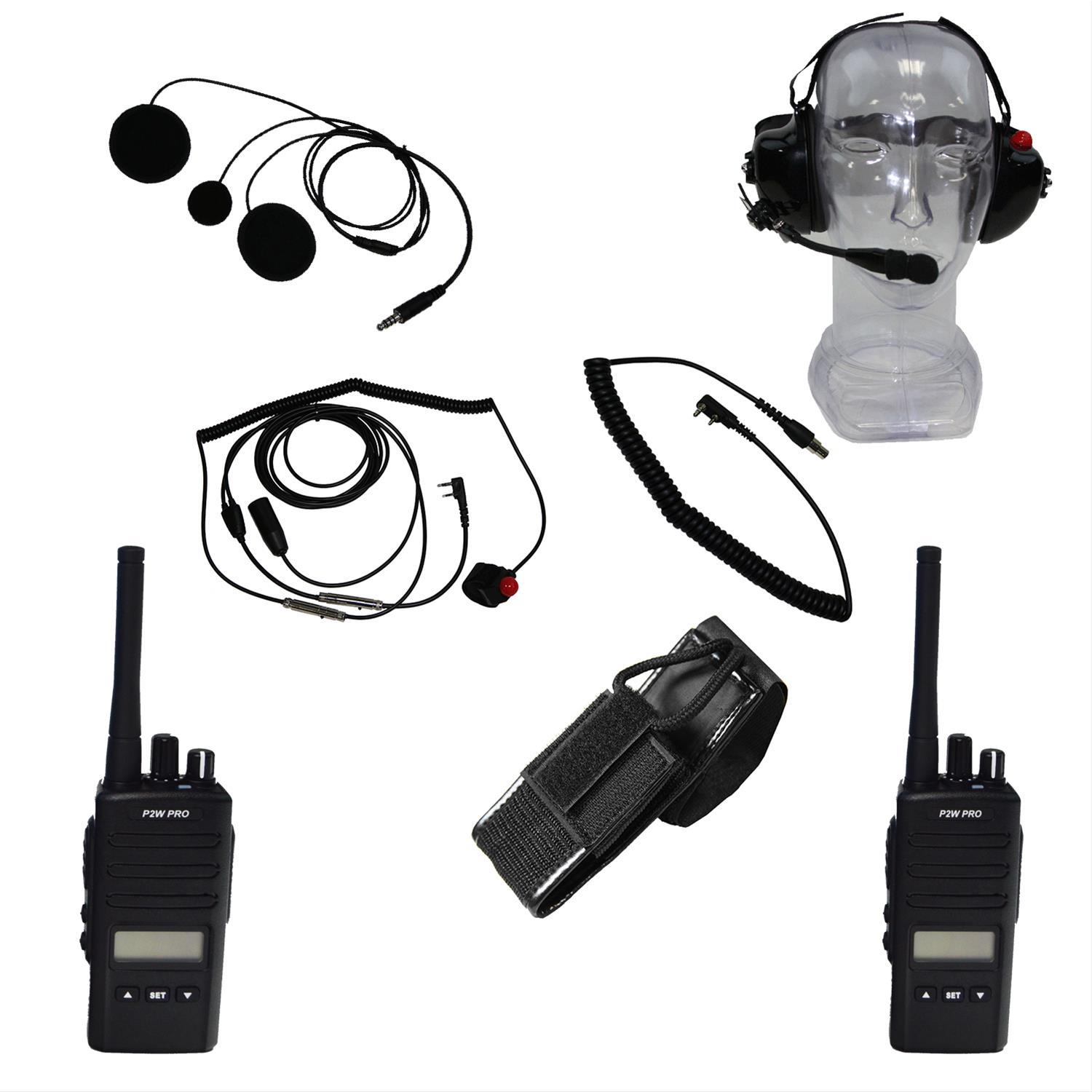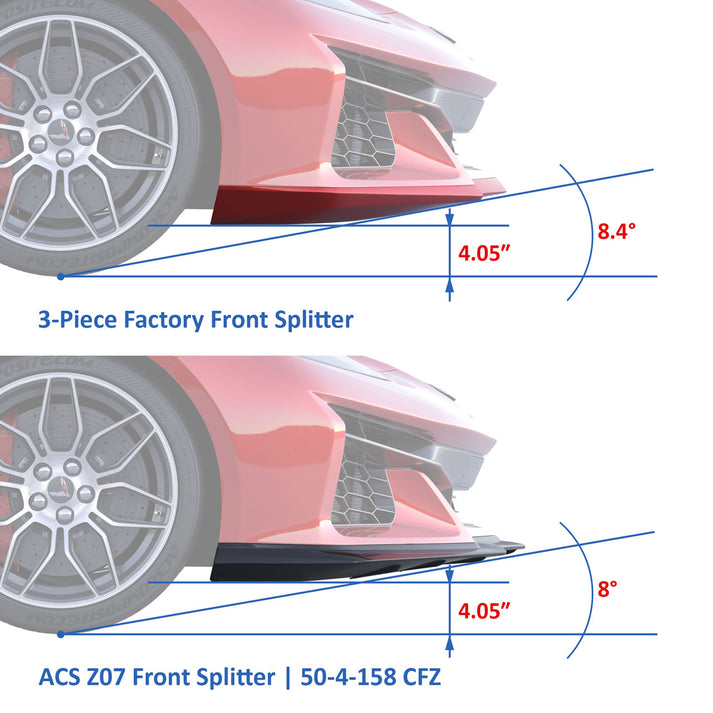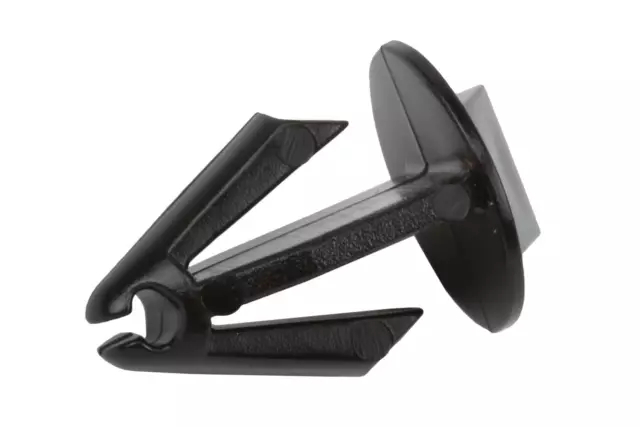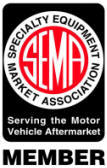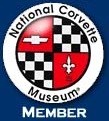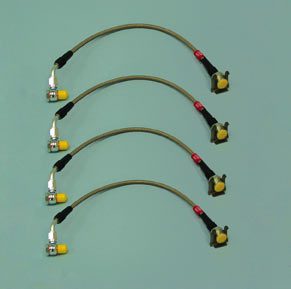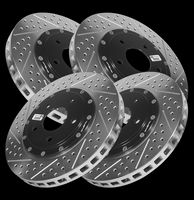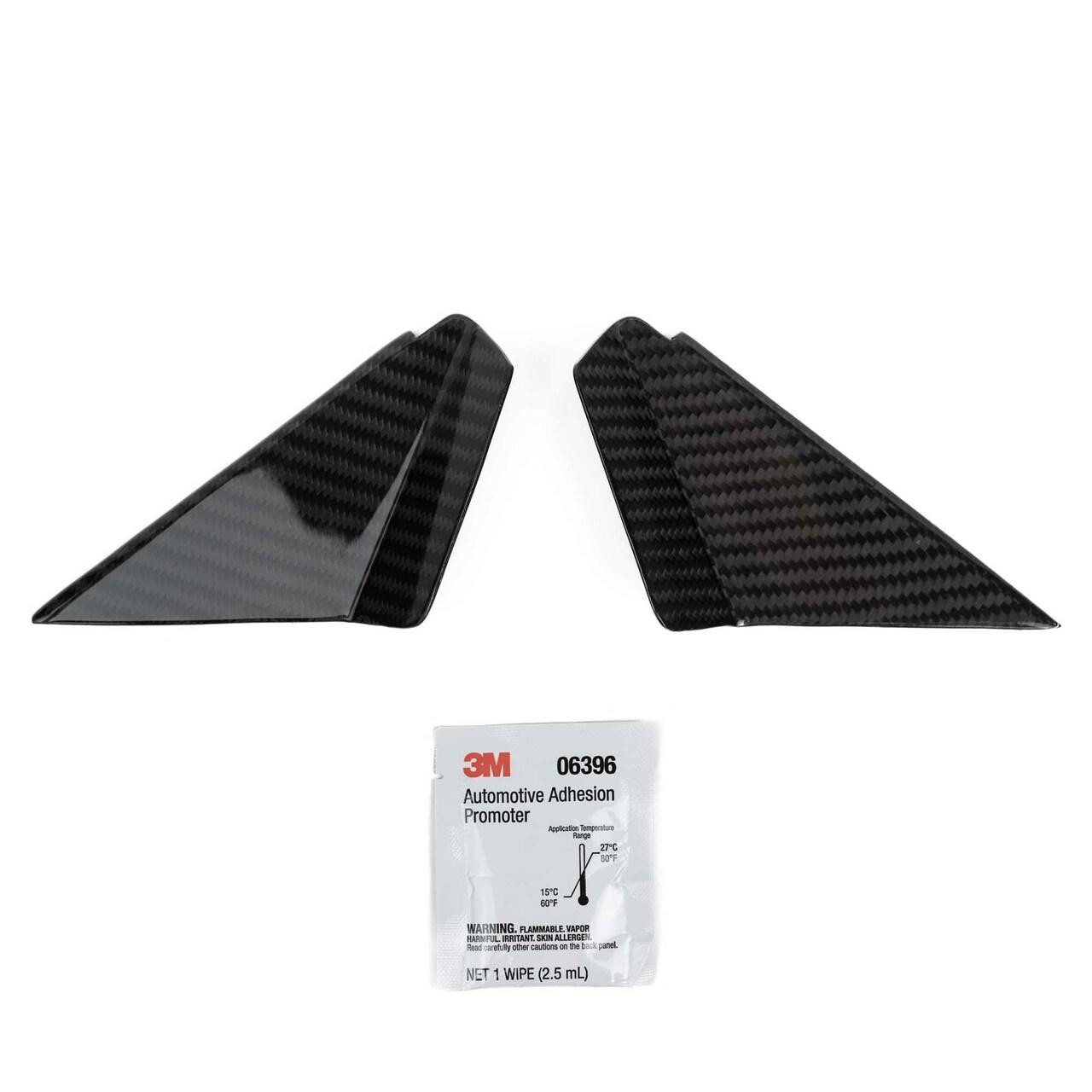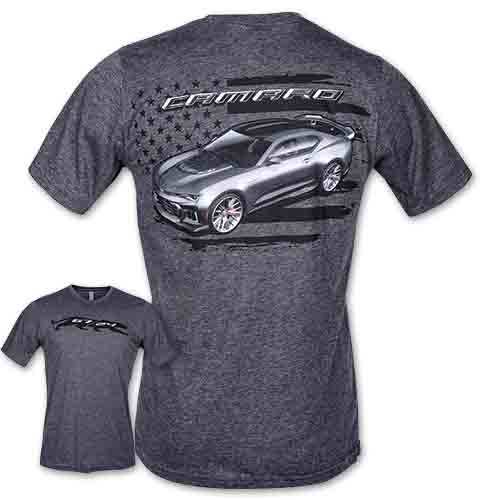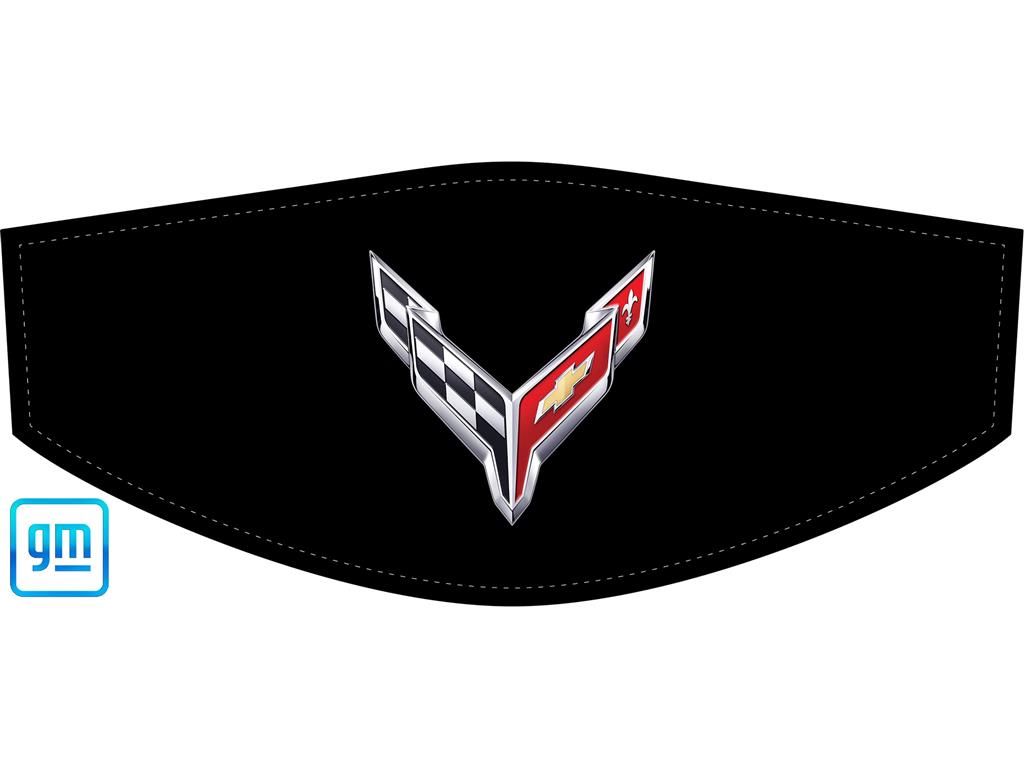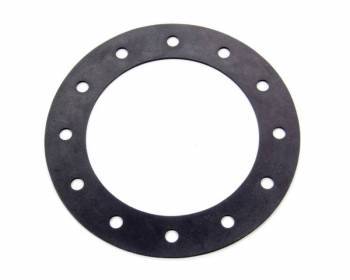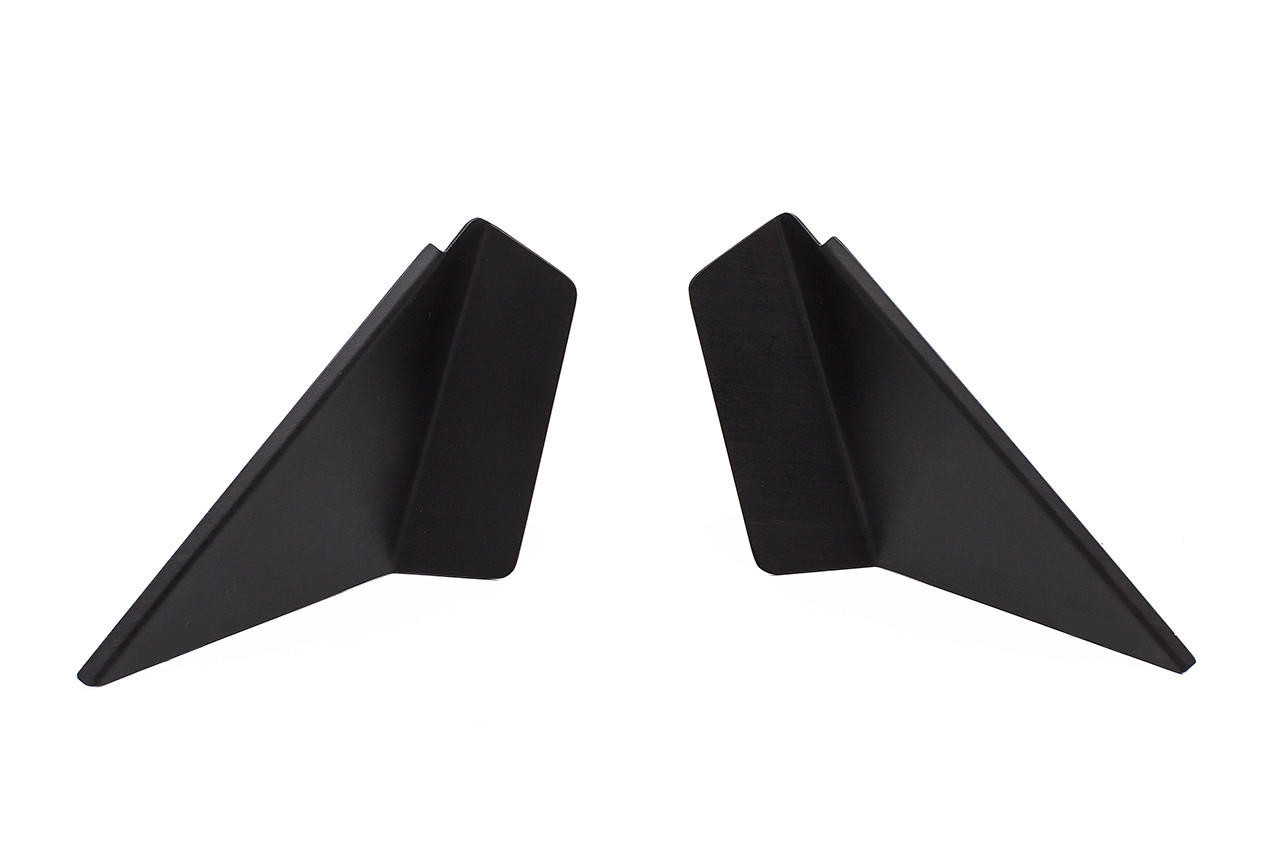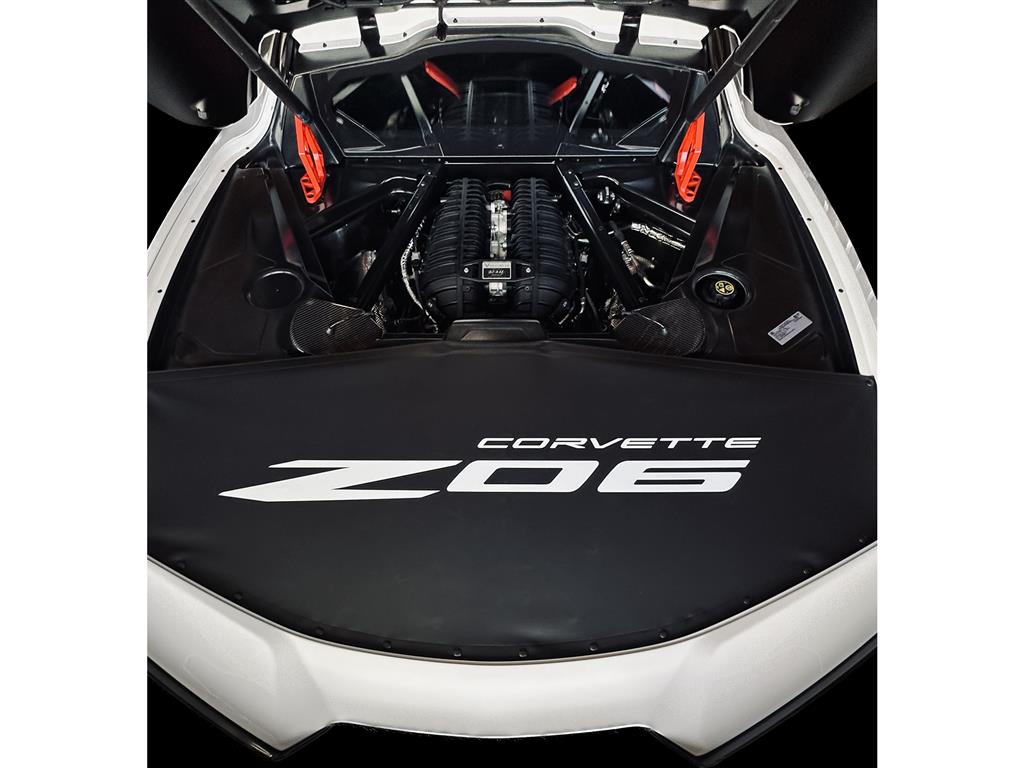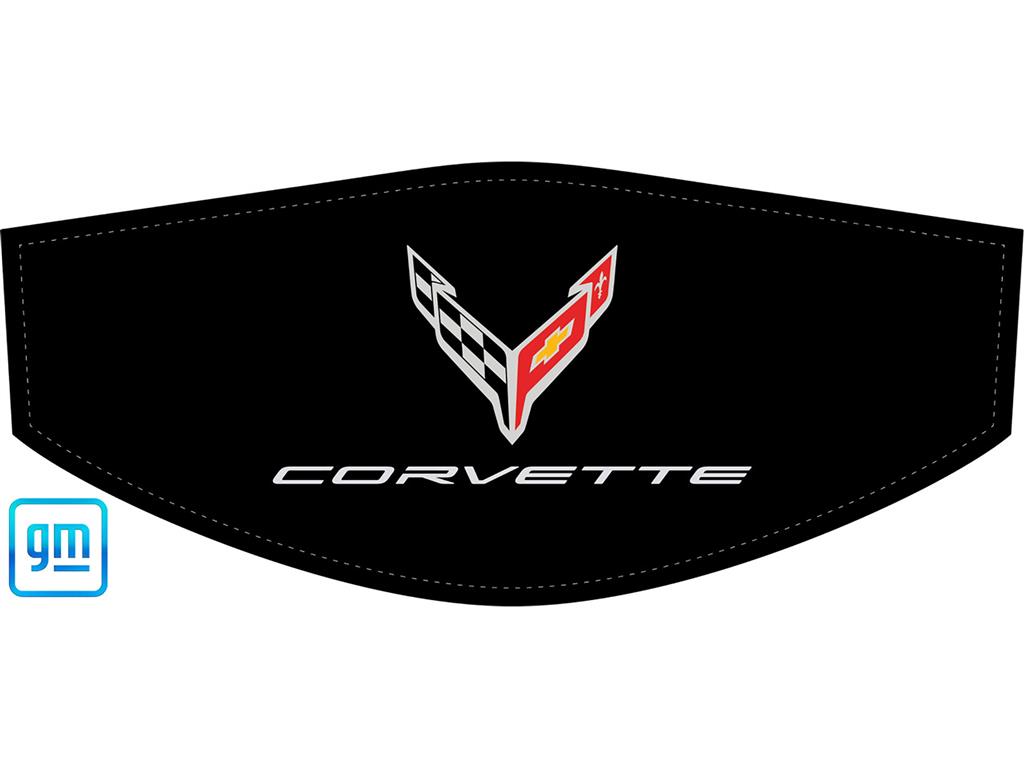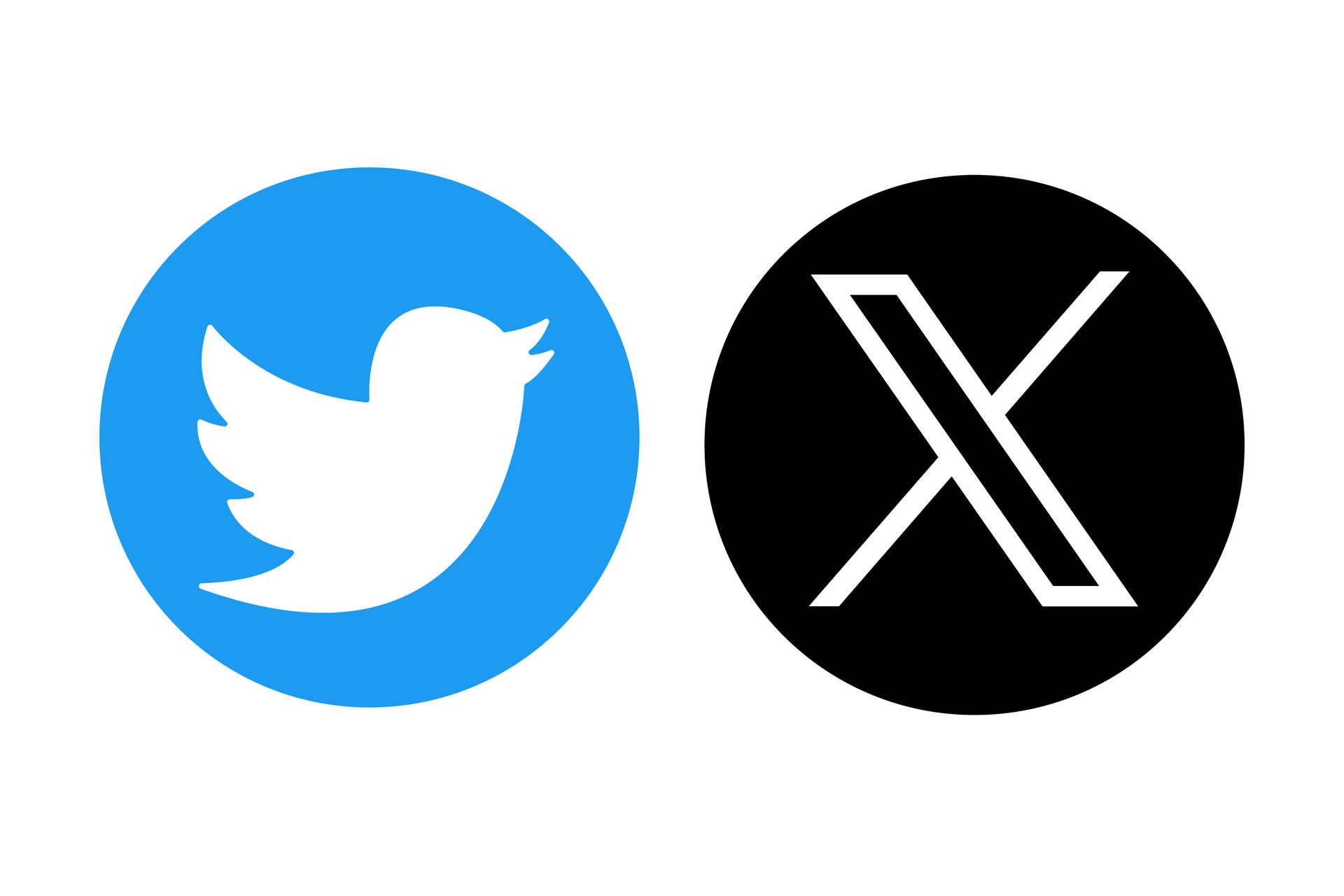Corvette Brakes
The typical brake system consists of disk brakes in front and either disk or drum brakes in the rear connected by a system of tubes and hoses that link the brake at each wheel to the master cylinder. Other systems that are connected with the brake system include the parking brakes, power brake booster and the anti-lock system.
Brake Hydraulics:
When you step on the brake pedal, you are actually pushing
against a plunger in the master cylinder, which forces hydraulic oil (brake
fluid) through a series of tubes and hoses to the braking unit at each wheel.
Since hydraulic fluid (or any fluid for that matter) cannot be compressed,
pushing fluid through a pipe is just like pushing a steel bar through a
pipe. Unlike a steel bar, however, fluid can be directed through many
twists and turns on its way to its destination, arriving with the exact same
motion and pressure that it started with. It is very important that the
fluid is pure liquid and that there are no air bubbles in it. Air can
compress, which causes a sponginess to the pedal and severely reduced braking
efficiency. If air is suspected, then the system must be bled to remove
the air. There are "bleeder screws" at each wheel cylinder and caliper for this
purpose.
Disk Brake Assembly: On a disk brake, the
fluid from the master cylinder is forced into a caliper where it presses against
a piston. The piston, in-turn, squeezes two brake pads against the disk (rotor),
which is attached to the wheel, forcing it to slow down or stop.
This process is similar to a bicycle brake
where two rubber pads rub against the wheel rim creating friction.
Brake Pads
There
are two brake pads on each caliper. They are constructed of a metal "shoe" with
the lining riveted or bonded to it. The pads are mounted in the
caliper, one on each side of the rotor. Brake linings used to be made
primarily of asbestos because of its heat absorbing properties and quiet
operation; however, due to health risks, asbestos has been outlawed, so new
materials are now being used. Brake pads wear out with use and must be
replaced periodically. There are many types and qualities of pads available. The
differences have to do with brake life (how long the new pads will last) and
noise (how quiet they are when you step on the brake). Harder linings tend to
last longer and stop better under heavy use but they may produce an irritating
squeal when they are applied. Technicians that work on brakes usually have a
favorite pad that gives a good compromise that their customers can live
with.
Brake pads should be checked for wear
periodically. If the lining wears down to the metal brake shoe, then you will
have a "Metal-to-Metal" condition where the shoe rubs directly against the rotor
causing severe damage and loss of braking efficiency. Some brake pads come with
a "brake warning sensor" that will emit a squealing noise when the pads are worn
to a point where they should be changed. This noise will usually be heard
when your foot is off the brake and disappear when you step on the brake.
If you hear this noise, have your brakes checked as soon as possible.
Rotor
The disk
rotor is made of iron with highly machined surfaces where the brake pads contact
it. Just as the brake pads wear out over time, the rotor also undergoes
some wear, usually in the form of ridges and groves where the brake pad rubs
against it. This wear pattern exactly matches the wear pattern of the pads
as they seat themselves to the rotor. When the pads are replaced, the
rotor must be machined smooth to allow the new pads to have an even contact
surface to work with. Only a small amount of material can be machined off
of a rotor before it becomes unusable and must be replaced. A minimum
thickness measurement is stamped on every rotor and the technician doing the
brake job will measure the rotor before and after machining it to make sure it
doesn't go below the legal minimum. If a rotor is cut below the minimum,
it will not be able to handle the high heat that brakes normally
generate. This will cause the brakes to "fade," greatly reducing their
effectiveness to a point where you may not be able to stop!
Caliper & Support
There are two main types of calipers: Floating
calipers and fixed calipers. There are other configurations but these are the
most popular. Calipers must be rebuilt or replaced if they show signs of
leaking brake fluid.
Corvette Brakes, brembo, ssi nserts, pads, rotors, calipers, brake fluid, caliper paint, stainless steel brake lines, hawk, gm performance, porterfield
New Products For November
|
- Shopping Cart 0 items
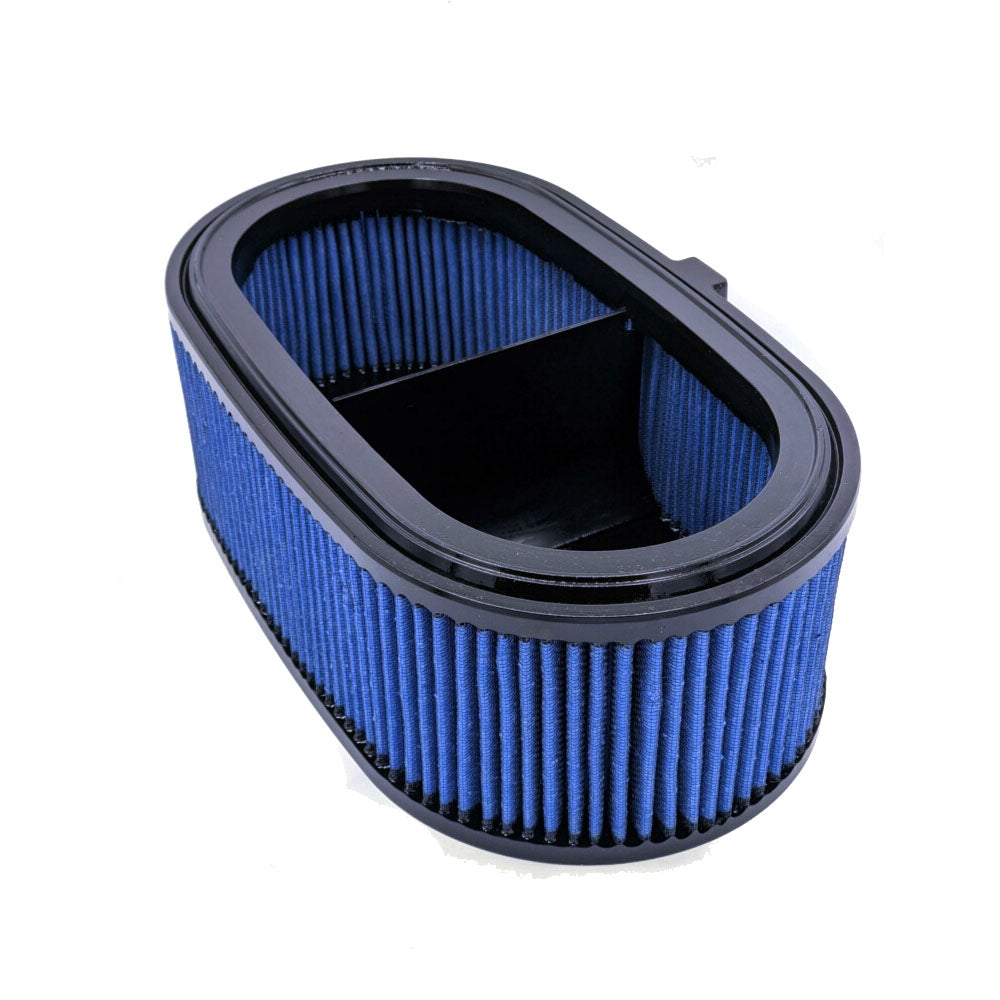
Corvette Attack Blue Dry Nano High Flow Filter, C8 Stingray, Z51 LT2
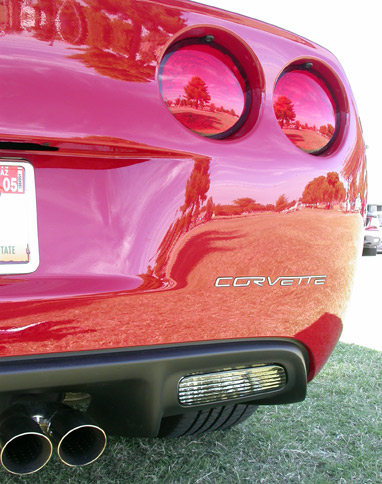
C6 "CORVETTE" Mirror Finish Rear Stainless Steel Letter Inserts, Fits all Model C6 Corvette

